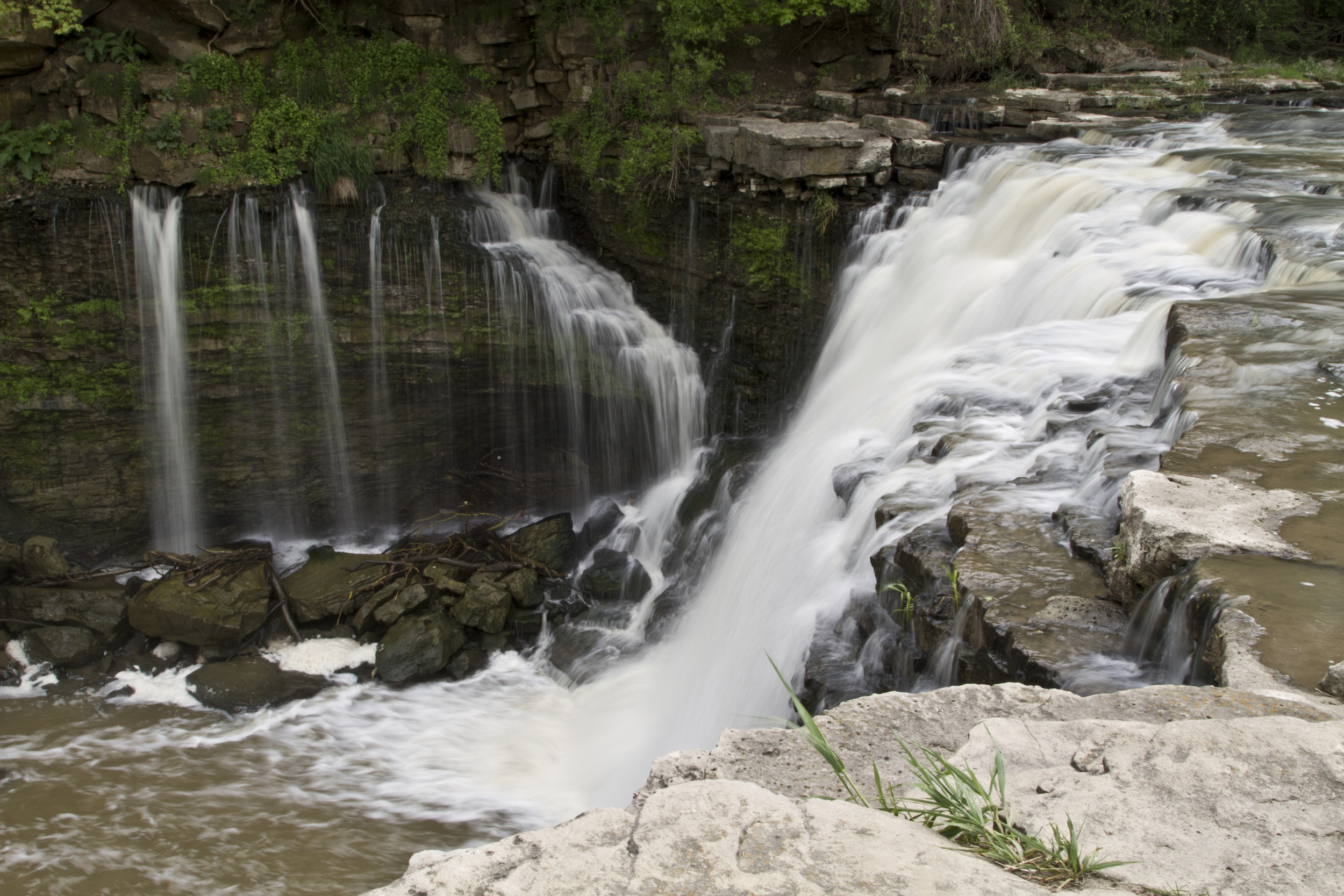

HGS RESEARCH HIGHLIGHT – Hydraulic Tomography Estimates Improved by Zonal Information From the Clustering of Geophysical Survey Data
Exploring innovative methods in groundwater characterization, Chenxi Wang and Walter A. Illman present a study on improving Hydraulic Tomography (HT) estimates through the integration of geophysical survey data. Hydraulic tomography offers valuable insights into subsurface heterogeneity by analyzing multiple pumping tests. However, challenges arise when insufficient observations lead to smooth or inaccurate tomograms. In this study, Wang and Illman investigate the integration of geophysical survey data into HT analysis to address this issue.

HGS RESEARCH HIGHLIGHT – Heat Tracing in a Fractured Aquifer with Injection of Hot and Cold Water
In this comprehensive study, researchers explore the application of heat as a tracer in fractured porous aquifers, offering new perspectives on groundwater flow and transport dynamics. The research paper investigates the use of hot (50 °C) and cold (10 °C) water injections in a weathered and fractured granite aquifer, where the natural background temperature is 30 °C. This study relies on a number of advanced HGS capabilities including density-dependent geothermal energy transport, fracture flow and time-varying material properties.

HGS RESEARCH HIGHLIGHT – Using High-Resolution Data to Test Parameter Sensitivity of the Distributed Hydrological Model HydroGeoSphere
By integrating HydroGeoSphere in this study, the researchers demonstrate its versatility in accommodating high-resolution data and conducting sensitivity analyses across different spatial scales. Precipitation emerges as the most sensitive input data, significantly influencing total runoff and peak flow rates. Additionally, the study highlights the importance of spatially distributed land use parameterization in accurately simulating evapotranspiration components and patterns.

HGS RESEARCH HIGHLIGHT – How Does Topography Control Topography-Driven Groundwater Flow?
In a study led by Xiaolang Zhang, Jiu Jimmy Jiao, Wensi Guo, researchers have comprehensively explored the mechanisms governing topography-driven groundwater flow. Their research showcases the complexities between varying rainfall patterns, topographic features, and groundwater flow dynamics, offering invaluable insights into hydrological processes.

HGS RESEARCH HIGHLIGHT – Fractal Behaviors of Hydraulic Head and Surface Runoff of the Nested Groundwater Flow Systems in Response to Rainfall Fluctuations
In this paper the authors have undertaken a comprehensive investigation into the behavior of nested groundwater flow systems (NGFS) in response to rainfall fluctuations and their influence on surface runoff. Through the utilization of a fully coupled variably saturated groundwater-surface water model alongside spectral analysis, the team delves into the fractal characteristics of hydraulic head and surface runoff across different scenarios.

HGS RESEARCH HIGHLIGHT – Simulating the recession dynamics of Arctic catchments in the context of a thawing permafrost
In a recent study, researchers have made significant strides in understanding how climate warming is altering the Arctic's hydrological dynamics. The study delves into the complex relationship between permafrost thaw and groundwater flow. Traditionally, Arctic hydrology has been conceptualized as a local system, confined by the frozen ground. However, as the climate warms, permafrost begins to thaw, transitioning this system into a more interconnected network of regional aquifers. This transformation is crucial, as it alters the fundamental dynamics of water movement and storage in the Arctic.

HGS RESEARCH HIGHLIGHT – Groundwater flow reversal between small water bodies and their adjoining aquifers: A numerical experiment
This recent study uses HydroGeoSphere to investigate groundwater-surface water interactions within “kettle holes” - post glacial landscape features prevalent across Northern Europe and Northern America. These kettle holes are quite similar to lakes, but their smaller size makes them prone to drying out, which results in very dynamic and variable groundwater-surface water interactions, sometimes being subject to groundwater flow reversal between a kettle hole and the adjacent aquifer.

HGS RESEARCH HIGHLIGHT – Evaluation of Hydraulic Conductivity Estimates from Various Approaches with Groundwater Flow Models
Over several decades a wide variety of techniques have been used to estimate the hydraulic flow properties of the subsurface. Here the authors have produced heterogeneous hydraulic conductivity (K) distributions at a heavily instrumented research site using 6 distinct techniques (slight variations in some tests resulted in 9 distinct K distributions):.
